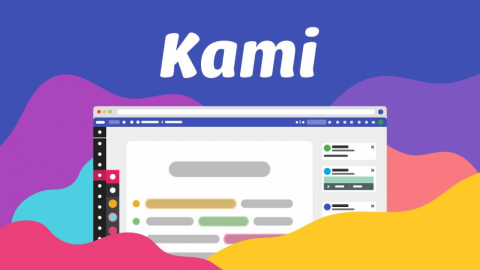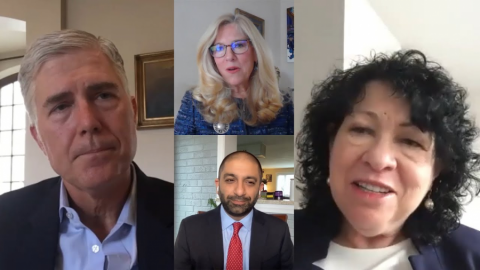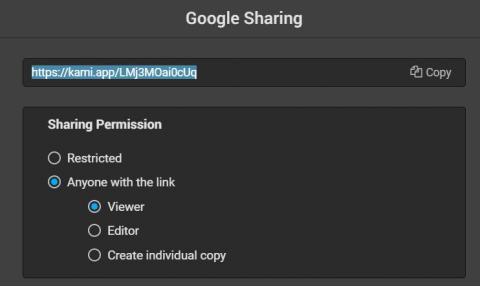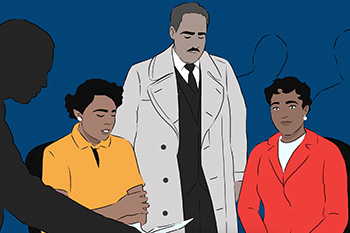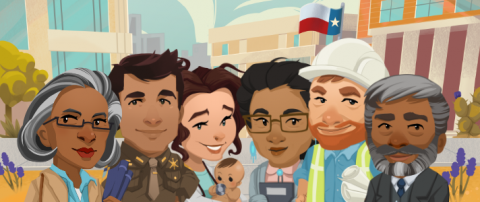With many students still learning online and more classrooms integrating technology to aid instruction, the need for accessibility is greater than ever. Through our partnership with Kami, we’re prioritizing accessibility and, in particular, focusing on improving learning experiences for English and multilingual learners (ELs and MLs). Below, we’ve highlighted some key features from Kami that you can use with iCivics lesson plans to help ELs/MLs better access and engage with the class materials.
Dictionary
Do your ELs need help with challenging vocabulary terms? The dictionary function, (left side toolbar; second from the top), makes it easier for students to learn the meaning of new words. When they highlight a word in the document, the dictionary function automatically pops up a definition without taking attention away from the lesson at hand.
Text To Speech
Some students may prefer having text read aloud to them, instead of actively reading the document. With the Text-to-Speech tool, students can select text to be read to them. And there are many voice options to choose from (including some interesting accents!). When you view a document on Kami, you will find the Text To Speech feature on the left side toolbar. It’s the microphone icon (third from top).
This tool could be particularly useful to English learners who could benefit from assistance with reading or are working on their listening skills. If the reading speed is too fast, they also have the option to slow down the playback speed to ensure maximum comprehension.
Comment
The comment function, which comes in text, voice, video, or screen capture format, is a tool that can be used for a variety of purposes—particularly to communicate beyond the text and provide feedback. Some educators have found themselves using this function to customize reading assignments for their class and check for reading comprehension. But this function is also great for helping ELls interpret the text with the ability to comment in their native language.
For students with some learning disabilities, the text, voice, and video comment options enable better communication. For example, with video commenting, instructors can interact with students beyond written text to provide more engaging face time or give feedback in sign language.
Voice Typing (or Speech-to-Text input)
Does a student require assistance when it comes to typing or writing out their answers and notes on the document? They can utilize speech-to-text to input answers or to transcribe text directly into a text box. When adding a text comment, they can enable speech-to-text by clicking on the microphone icon (by selecting the comment icon and then clicking on the microphone icon below it). Or when typing directly onto a document, after creating a text box, the speech-to-text microphone can be found on the text formatting bar at the top of the screen.
The Drawing and Shapes Tools
For visual learners, the drawing tool and the shapes tool allow students to draw, make charts, or organize thoughts by creating a mind map or an outline. For written languages with a more complex typing system (like Chinese, Japanese, or Russian), students can jot down their thoughts in that language in the document with the drawing tool.
More from Kami
These are only some of the available features when using Kami with iCivics accounts. There are also other functions such as a dark mode that helps prevent eye strain. If you have a paid Kami account outside of iCivics, such as with your school or district, you can continue exploring these functions across other documents.
Learn more about Kami’s accessibility and ELL efforts. We also encourage educators to become a Kami Certified Educator and learn how to get the most out of Kami’s tools and improve learning outcomes for students.

